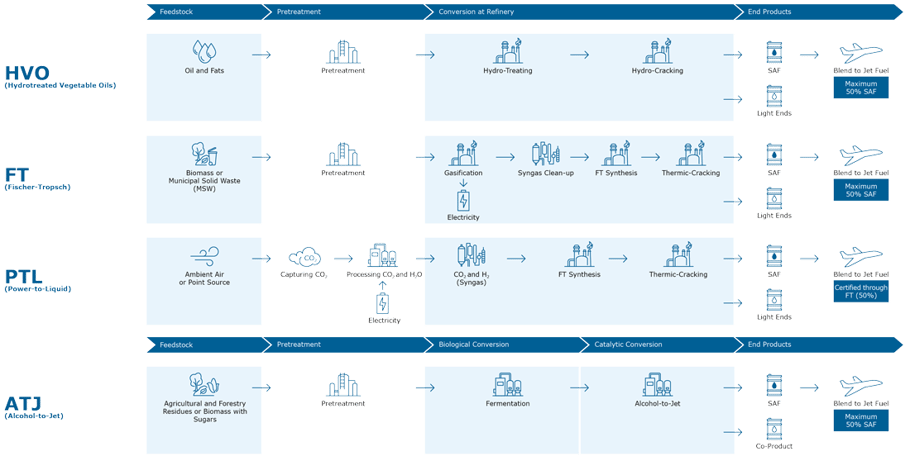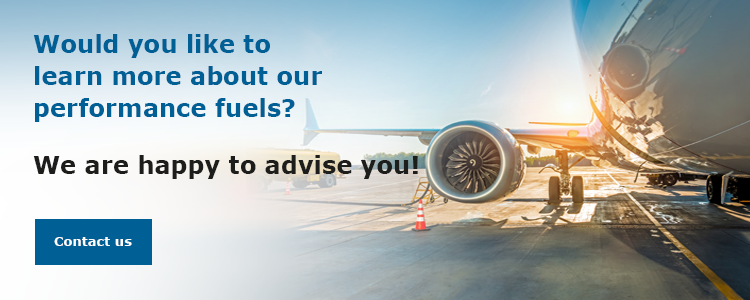Sustainable flying is increasingly likely to become a reality with the introduction of Sustainable Aviation Fuels (SAF). In September 2023 the European Parliament approved the bloc’s Sustainable Aviation Fuel mandates in the push to dramatically cut aviation emissions. There is a growing demand for action as the legal framework and SAF quota commitments by the airlines begin to take shape. The Alcohol-to-Jet (AtJ) process is one of several production options. You can find out exactly how it works and what advantages it offers here.
The EU mandates
The mandates, which are part of the European Union’s → Fit for 55 program to cut carbon emissions, require that 2% of all aviation fuel used in the bloc must be low-emission Sustainable Aviation Fuel, or SAF, from 2025. SAF is typically defined as having at least half the lifecycle carbon emissions as standard fossil jet fuels. The sustainable fuel mandate steps up to 6% in 2030, 34% in 2040, and 70% by 2050.
To meet this anticipated growing demand the production of → Sustainable Aviation Fuel (SAF) must therefore pick up speed. The Alcohol-to-Jet (ATJ) process is a promising and market-ready technology.
How exactly does the Alcohol-to-Jet (AtJ) process work?
In the Alcohol-to-Jet (AtJ) process, biomass (unfit for human or animal feed) containing sugar and starches or waste materials form the raw material basis. These are first fermented into alcohol, then dehydrated and subsequently processed into synthetic paraffin in refinery processes. The process is known as Direct Sugar to Hydrocarbons (DSHC).
There are various approaches to alcohol production, such as bioethanol production, but also the biochemical production of butanol or thermochemical synthesis of methanol before the alcohol is processed into liquid hydrocarbon fuel.
What other routes are relevant besides the Alcohol-to-Jet (AtJ) process?
There currently eight approved conversion processes to Sustainable Aviation Fuel (SAF), of which Alcohol-to-Jet (AtJ) is one, and these are detailed in International Standards (ASTM D7566). The conversion processes are further endorsed by the → International Civil Aviation Organisation (ICAO).
There are a number of technologies that can utilise different feedstocks including algae, biogas and animal fats to produce a synthetic kerosene, similar to fossil derived Jet-A1. These include the Fischer-Tropsch process (FT), the HEFA process (Hydroprocessing of Esters and Fatty Acids) and AtJ-SPK (Alcohol-to-Jet Synthetic Paraffinic Kerosene) to name three. It is anticipated that, as demand for Sustainable Aviation Fuel grows, more conversion processes will be approved to match the exponential growth predicted in the SAF market.
Hydrogen and electric drives are currently only seen as a solution for short distances - and even then only to a limited extent.
© Haltermann Carless
Learn more about the different SAF routes:
Advantages of Sustainable Aviation Fuel (SAF)
As a general rule, all non-fossil aviation fuels are currently blended with conventional Jet A-1 paraffin. These so-called drop-in fuels have the following advantages:
-
- They are compatible and can be mixed in different ways.
- They fulfil the same high quality and safety requirements.
- No technical changes need to be made to the aircraft, for example to turbines or refill.
Stay informed with our Blog!Subscribe to our blog and benefit from regular information on sustainable hydrocarbons, research & development and supply chain management: |
What are the advantages of the Alcohol-to-Jet (AtJ) process?
The various production processes rely on different raw materials such as fats, algae, biomass and waste. However, alternative raw materials are not available in the quantities required - considering the increase in air traffic.
Many technologies can only access raw materials in limited quantities due to their process. The range of materials used in the Alcohol-to-Jet (AtJ) process is more wide-ranging. For example, the availability of biomass from waste and residues from forestry and agriculture or other cellulose-containing waste is much greater.
Here, too, it is crucial that only certified source materials in accordance with the → European Renewable Energy Directive RED II are used. On the way to efficiently reducing CO2 emissions, considerations regarding climate-neutral energy use or CO2-reduced logistics are also of great importance in production.
Read also this article:
Conclusion
Sustainable Aviation Fuel (SAF) is one of the most important levers for reducing CO2 emissions in aviation. Airlines are increasingly using Sustainable Aviation Fuel and must fulfil a SAF quota of 2% by 2025 at the latest. The market ramp-up of Sustainable Aviation Fuel should start with the introduction of the first legal framework conditions in the EU. However, there are still major challenges with the availability of raw materials. To ensure that sufficient quantities of CO2-neutral aviation fuels are available in the future, the corresponding SAF production capacities must be built up now. The innovative Alcohol-to-Jet (AtJ) process has the advantage of a wider range of starting materials. Therefore, AtJ is highly interesting for commercial production with higher capacity quantities.
This could also be of interest to you:
- Information on Sustainable Aviation Fuel (SAF): Our manufacturing site Speyer, SAF AtJ technology, EU Green Deal and market demands
- Sustainable Portfolio by Haltermann Carless





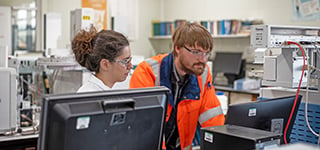




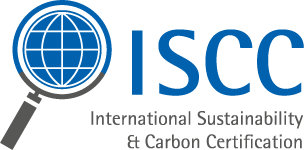
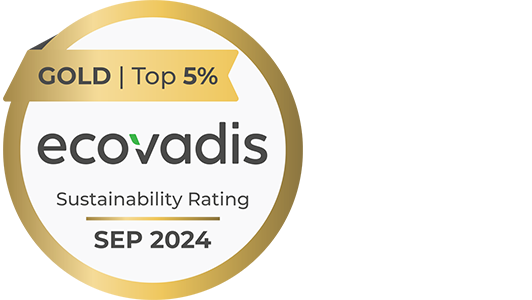
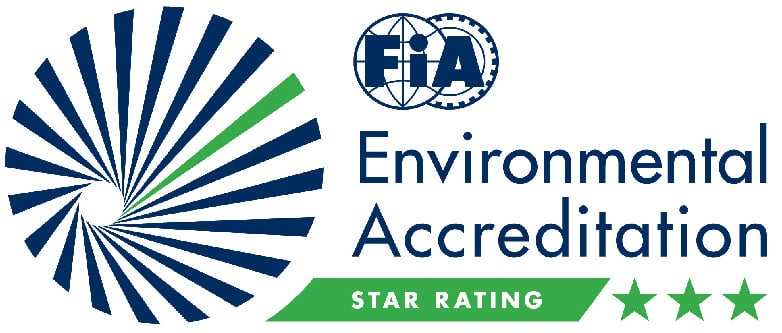





.jpg?width=910&height=513&name=child_with_plane_AdobeStock_605495512_mit_copyright_zoteva87_1100x620px_240208%20(1).jpg)
